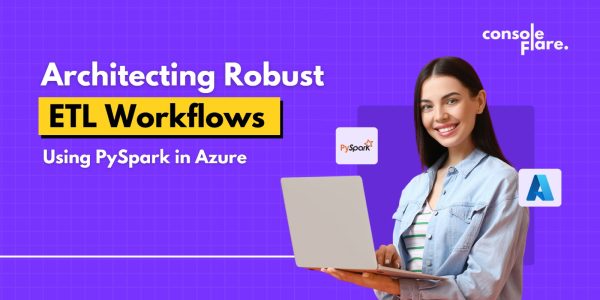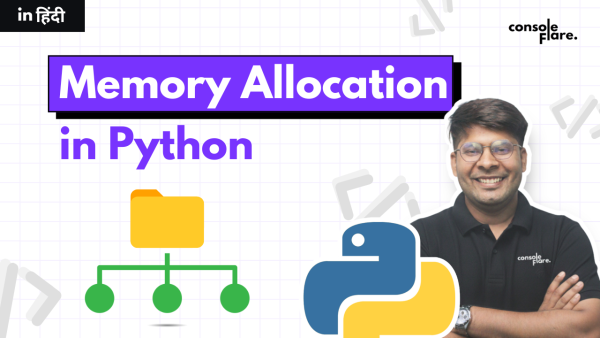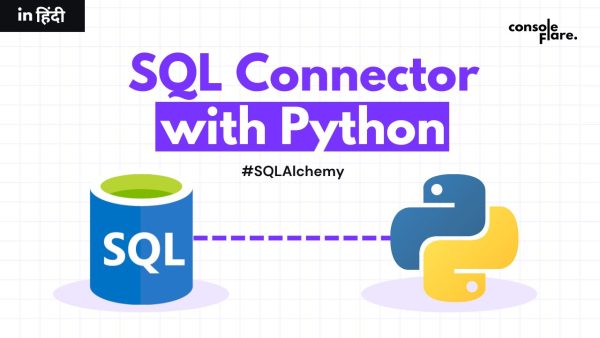Best Practices for Data Partitioning and Optimization in Big Data Systems
Best Practices for Data Partitioning and Optimization in Big Data Systems Data Partitioning and Optimization guide you through a complete PySpark workflow using simple sample data. You learn how to load data, fix column types, write partitioned output, improve Parquet performance, and compact small files in a clear, beginner-friendly way. Introduction This blog explains Best…
Deploying ML Models from Console Flare Courses to Production Environments
Deploying ML Models from Console Flare Courses to Production Environments Deploying ML models is the step that turns Machine Learning from theory into real impact. A model running only inside a Jupyter Notebook is useful for learning; however, a deployed model helps companies make accurate decisions, reduce errors, and improve performance. At Console Flare, we…
Value_counts and Groupby in Pandas Explained in Easy Steps
Value_counts and Groupby in Pandas Explained in Easy Steps Analysts use value_counts and groupby in Pandas to explore a dataset and summarize information fast. This tutorial explains value_counts and groupby in Pandas with simple examples that beginners understand. When you learn value_counts and groupby in Pandas, you get better at summarizing data quickly. Most data…
Aggregate Functions in Pandas: Beginner’s Guide with Examples
Aggregate Functions in Pandas: Beginner’s Guide with Examples Aggregate functions in Pandas are one of the most crucial ideas to grasp when you first begin using Python for data analysis. These functions facilitate the rapid summarization of large datasets, such as determining the average store sales, the total number of students’ grades, or the highest…
Architecting Robust ETL Workflows Using PySpark in Azure
Architecting Robust ETL Workflows Using PySpark in Azure Creating an ETL workflow is one of the first practical tasks you will undertake as a beginner in data engineering. The process of moving and cleaning data before it is prepared for dashboards or analysis is known as extract, transform, and load, or ETL. This article will…
How ConsoleFlare Prepares You for Power BI and Big Data Roles?
With the digitalization of the business era, every business is set on data. In banking, healthcare, e-commerce, or any other industry, companies leverage data to make informed and profitable decisions. But it is not enough to have data. The real magic is how you checked, interpreted, and plotted it to derive actionable insights. This is where one of…
Why Data Science Courses Are in High Demand Across Industries Today
Why Data Science Courses Are in High Demand Across Industries? The new oil is data, but only if you know how to refine it. Imagine this: I’m scrolling through my phone, and Netflix suggests the perfect show for me to watch next. Or the website I’m using to shop online somehow knows exactly what I…
Top 7 Mistakes to Avoid When Joining a Data Science Course
Top 7 Mistakes to Avoid When Joining a Data Science Course Hi Everyone, thinking about getting into data science? That’s a smart move! It’s a hot field with jobs everywhere – tech, retail, even healthcare. If you’re not a tech person and feeling nervous, don’t worry. I’ve seen all kinds of people – marketers, teachers,…
Python Memory Allocation Explained for Beginners
Python Memory Allocation Explained for Beginners Python memory allocation is important from the very first line of code. Python stores values, while you write variables. It’s a straightforward concept, but a whole system is operating behind it. Understanding memory allocation in Python helps you to manage memory, update values, and store data. This guide explains:…
Powerful Guide: Connect SQL Connector With Python in 5 Minutes | Pandas Using SQLAlchemy
Connect SQL Connector With Python: Step-by-Step Guide Learn how to connect Python to SQL Server using pandas, SQLAlchemy, and pyodbc in 5 easy steps. This guide will show you how to connect SQL Connector with Python efficiently for data analysis and automation. Want to quickly connect SQL Connector with Python? This tutorial shows you how…










